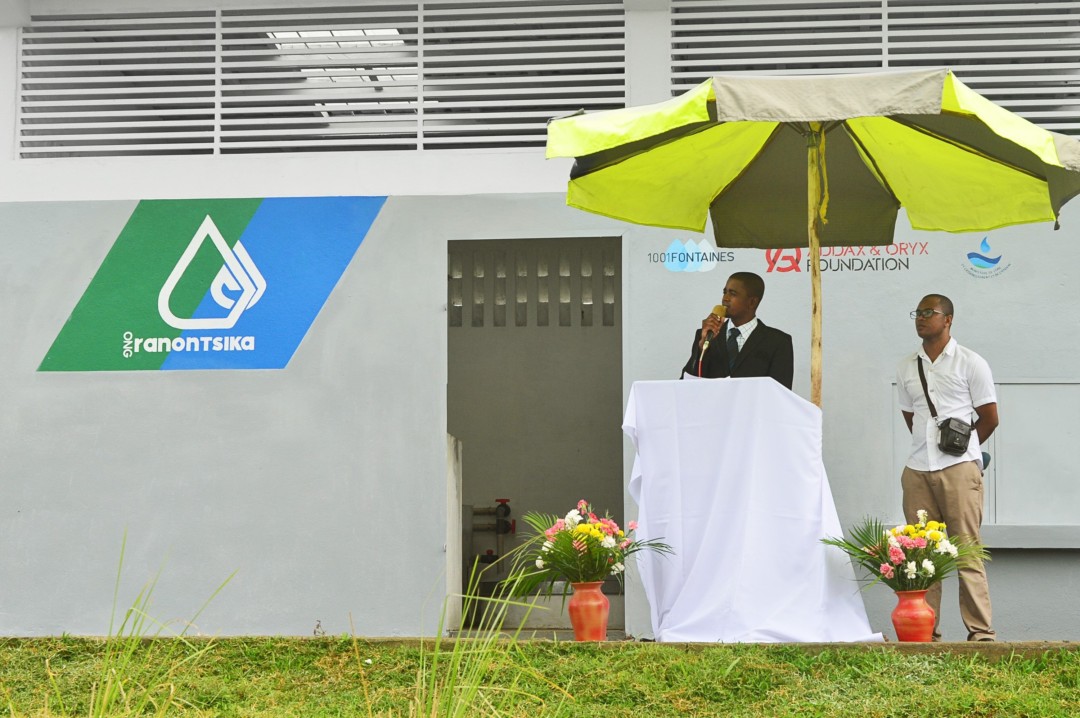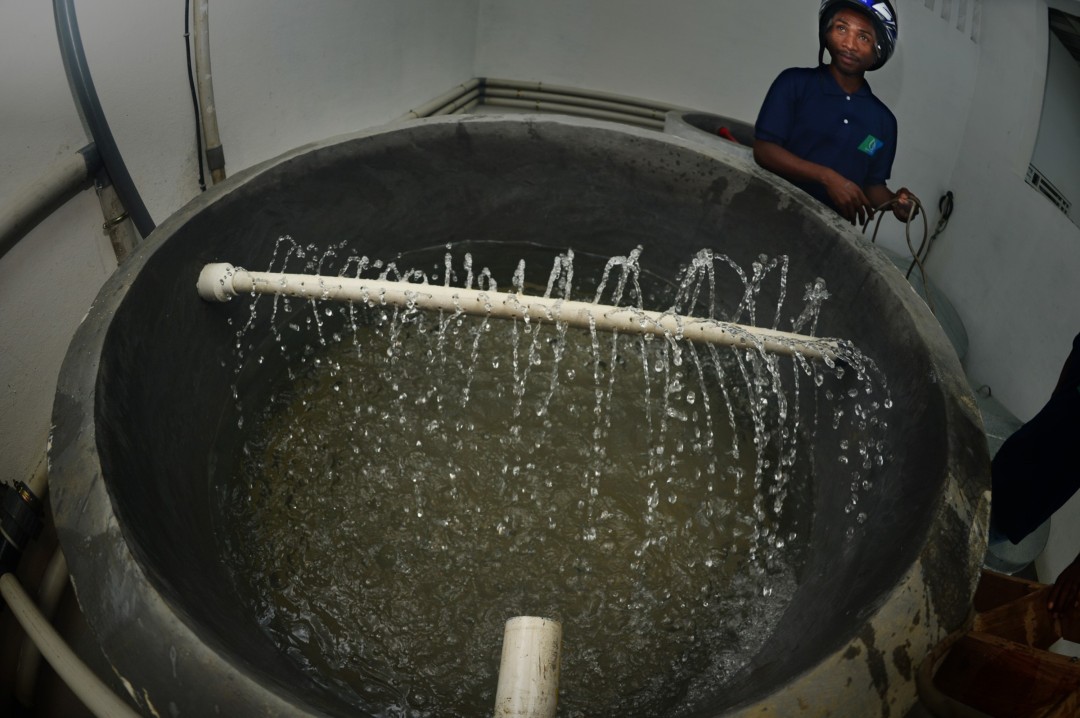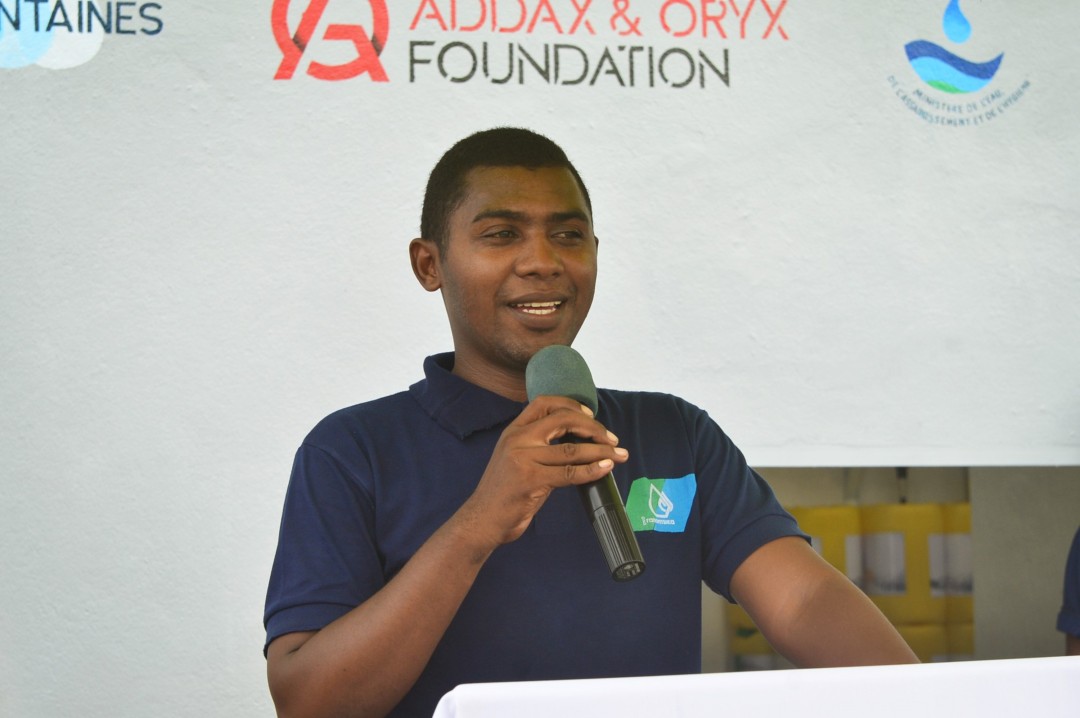Sustainable access to drinking water
The project aimed to set up two stations to produce drinking water in two villages, in the northeast of the country, ensuring that they were managed sustainably and would create jobs. In total, 4,000 people were to benefit from these facilities, which were to offer a daily supply of clean drinking water. The production units were to be managed by local entrepreneurs, who were to be mentored until the stations reached break-even. The operators were then to provide free water to the schools in the v
The water purification stations were installed in February 2016 and May 2017. The first station, run by a female entrepreneur with three assistants, reached break-even (with over 4,000 litres sold at the end of 2016) and was supplying the village school with free water. It was supplying water to 2,500 clients and 1,400 children. The second station, which used a solar pump, reported good results during its first months of activity. It provided water to 1,033 clients and employed one entrepreneur and two assistants. Both entrepreneurs were trained for several weeks before the stations were opened and were then mentored for at least 12 months.
“1001 fontaines pour demain” is a French non-profit association. Active in Madagascar since 2008, its mission is to improve the health of poor and isolated rural communities.
Type
Community Development / HealthDuration
July 2014 – September 2017Location
MadagascarWith whom
“1001 fontaines pour demain”
Website







Madagascar
Population
25.6 million (2017)
Per Capita Income
USD 400/year (2017)
Poverty rate *
71% (2012)
Literacy rate
72% (2016)
Human Development Index
161st out of 189 countries (2018)
The political instability affecting Madagascar since 2009 has undermined government institutional capacity, economic growth and development efforts. Its education, health, nutrition and water access outcomes are among the poorest in the world. The poverty rate has sharply increased since 2009, with 90% of the population living below the international poverty line. Almost half of all children under five are chronically malnourished. In addition, the country is particularly vulnerable to natural disasters, including cyclones, droughts and floods. It is also faced with the challenge of preserving its unique environment and biodiversity of global significance.
Sources: World Food Program, UNICEF, World Bank, 2016 Human Development Report, Human Development Indices and Indicators (2018 Statistical Update)
*The percentage of the population living below the national poverty line.